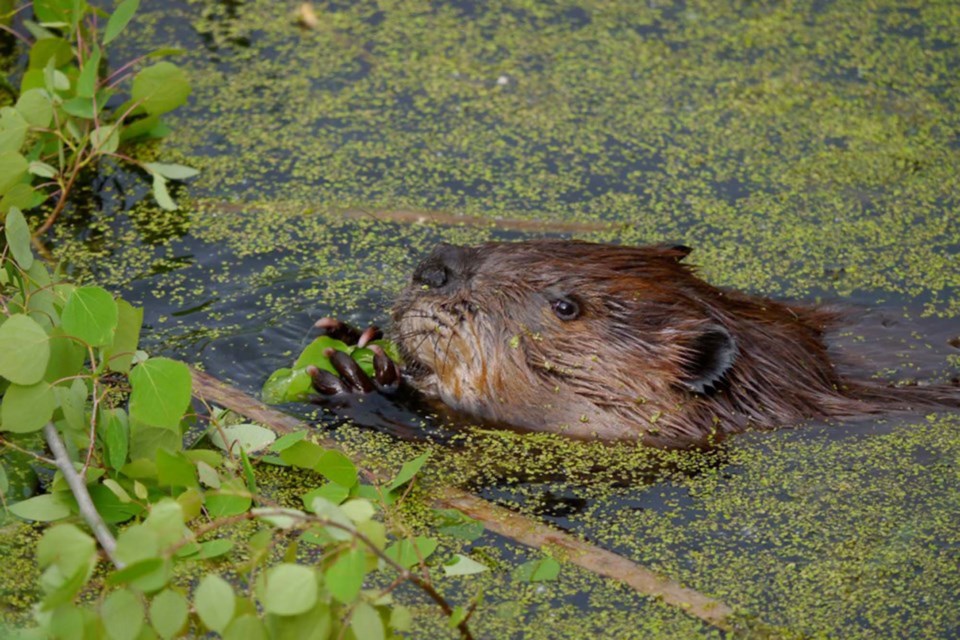Chronic wasting disease may be able to move between deer and beavers according to new research from the University of Alberta.
The disease is neurological, said Debbie McKenzie, researcher and professor from the University of Alberta’s department of biological sciences, and it affects the animals' brain.
“Deer will stop eating because they have issues with chewing and swallowing. There's excess salivation. They get a very wasted look,” McKenzie said.
Chronic wasting disease (CWD) is typically found in deer, and those who get it eventually start to arch their backs and it is clear they aren’t a typical looking deer, McKenzie said. Deer can shed the virus through their saliva, urine and feces into the environment, which can serve as a source of infection for other deer.
Because the disease can spread between deer, McKenzie started to study whether the illness can spread to other species, such as beavers, who share their environment and waterways with deer.
McKenzie made mice with a beaver protein susceptible to the protein in deer, showing that beavers in the environment can pick up the illness from deer.
“It doesn't necessarily guarantee that a beaver is going to get sick, because obviously there's a lot more steps the beaver has [to take] to be exposed to the infectious agent,” McKenzie said.
Beavers might munch on the same vegetation as deer and eat some of their drool or perhaps chomp on the same bark, McKenzie said, and then the deer secretions would be moved through the digestive system and into the central nervous system for the disease to occur.
CWD first showed up in the 1960s in Colorado and Wyoming, and it has since spread to 30 states in the U.S. and three Canadian provinces. In Canada, it started in Saskatchewan, and moved into Alberta, travelling through the river valleys.
In some areas near the Alberta and Saskatchewan border, 50 per cent of their mule deer buck test positive for CWD.
In the south Saskatchewan river valley just outside of Swift Current, at least one area shows 85 per cent positivity for CWD among mule deer bucks. On the outer edges of the province, likely less than one per cent of the deer are infected, McKenzie said.
“But the only thing we know for certain is 20 years ago or 18 years ago, those areas along the Alberta-Saskatchewan border were at less than one per cent. So, it just will continue to increase with time and then it continues its move across the continent,” McKenzie said.
The illness is fatal in animals and there is no cure, McKenzie said, but so far humans have not been able to catch CWD from deer or other animals.
“There is there's always a concern since mad cow disease jumped into the human population,” McKenzie said.
“Most of the experimental work done in labs suggests that the species barrier is really high.”
But just because it hasn’t happened yet, doesn’t mean people shouldn’t be careful, McKenzie said.
For anyone hunting in areas with high rates of CWD, it is important to have animals tested for the disease before eating the meat. If an animal tests positive for CWD, it is safest to not consume it, McKenzie said.




